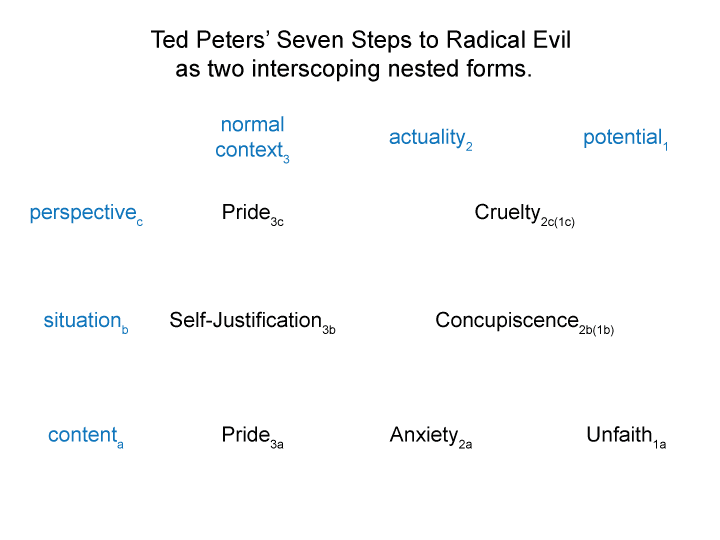Summary of text [comment] pages 57 and 58
The third question that Schoonenberg addressed is:
What do we mean when we say that God punishes sin?
In the Old Testament, God’s mercy comes after God’s punishment.
What was this punishment?
Sometimes, it was death. The sons of Levi killed the worshipers of the golden calf, for example.
There are many Old Testament examples of people who were suddenly struck dead for various transgressions. Sometimes, it was individuals. Sometimes, it was whole groups. Even in the New Testament, the death of Ananias and Sapphira (Acts 5:1-11) reminds us of the connection between sin and death.
The connection between sin and death became a Scriptural theme.

